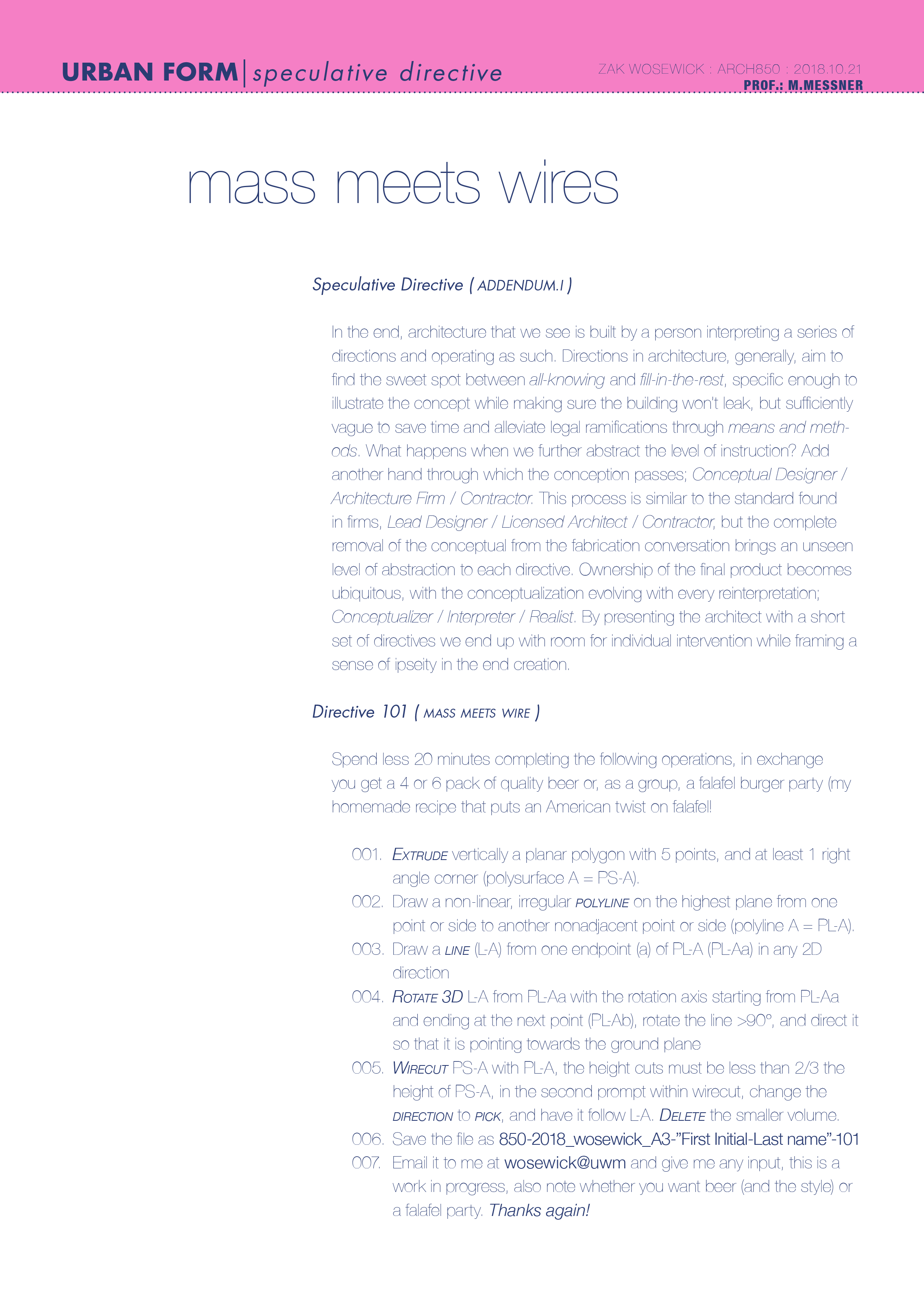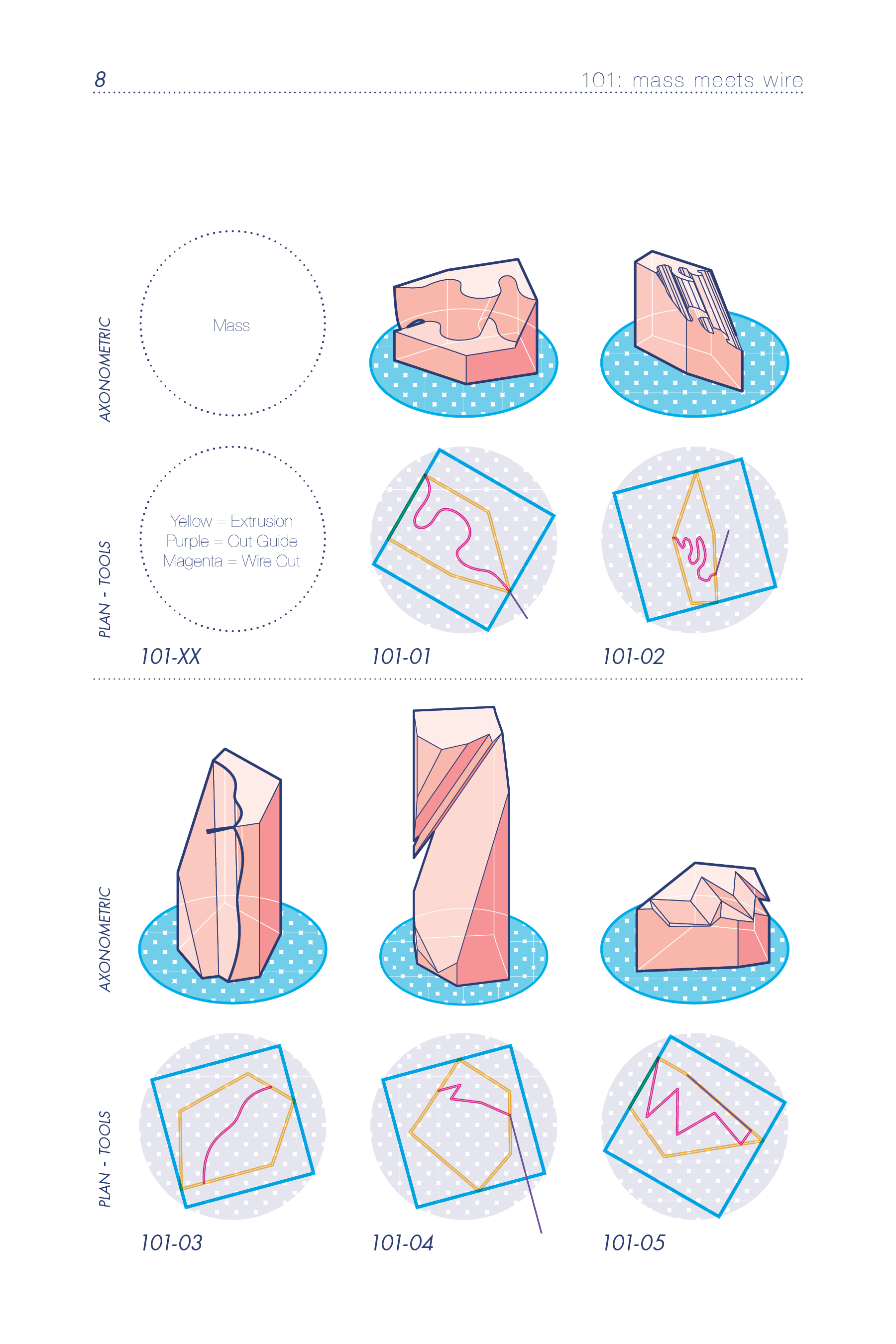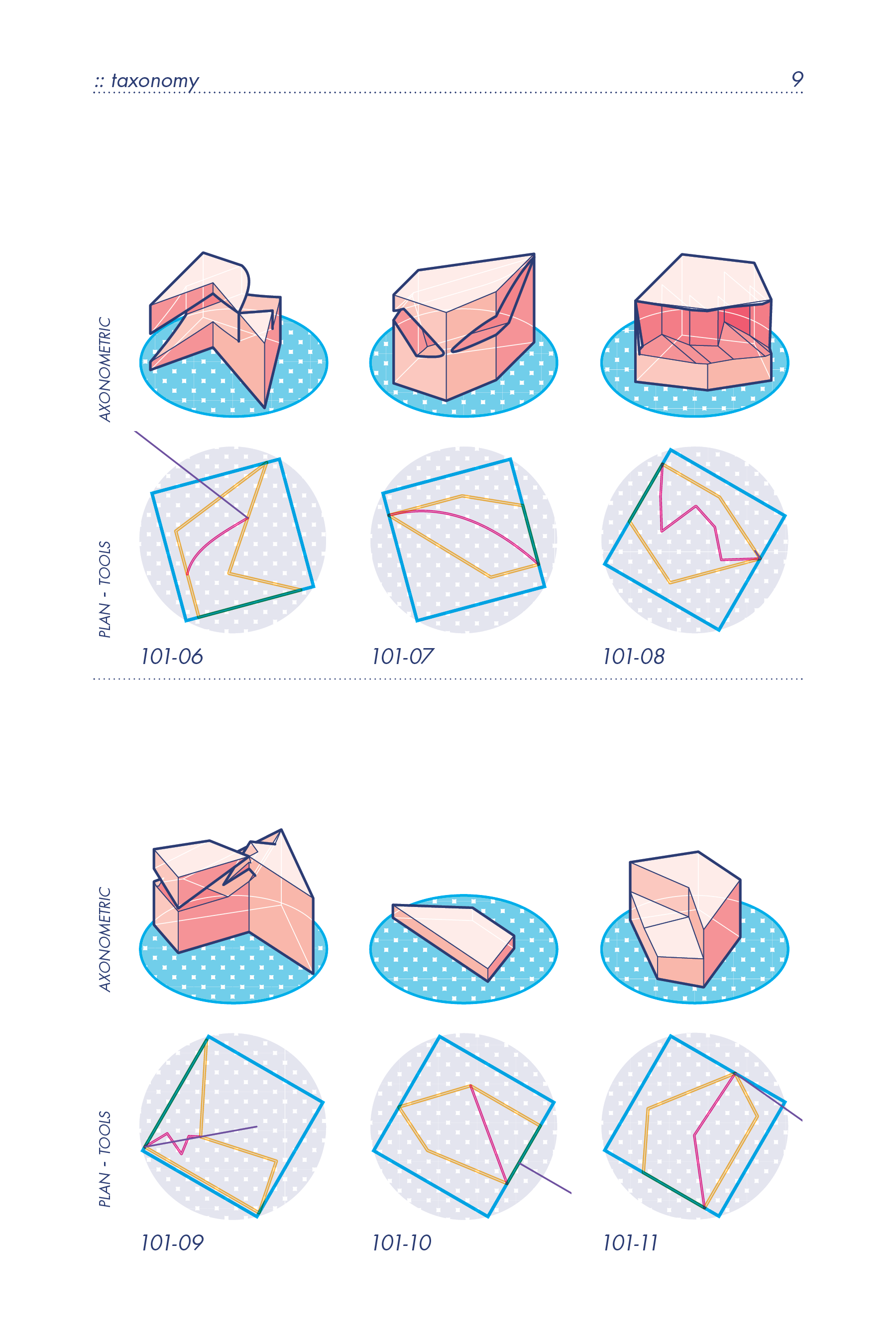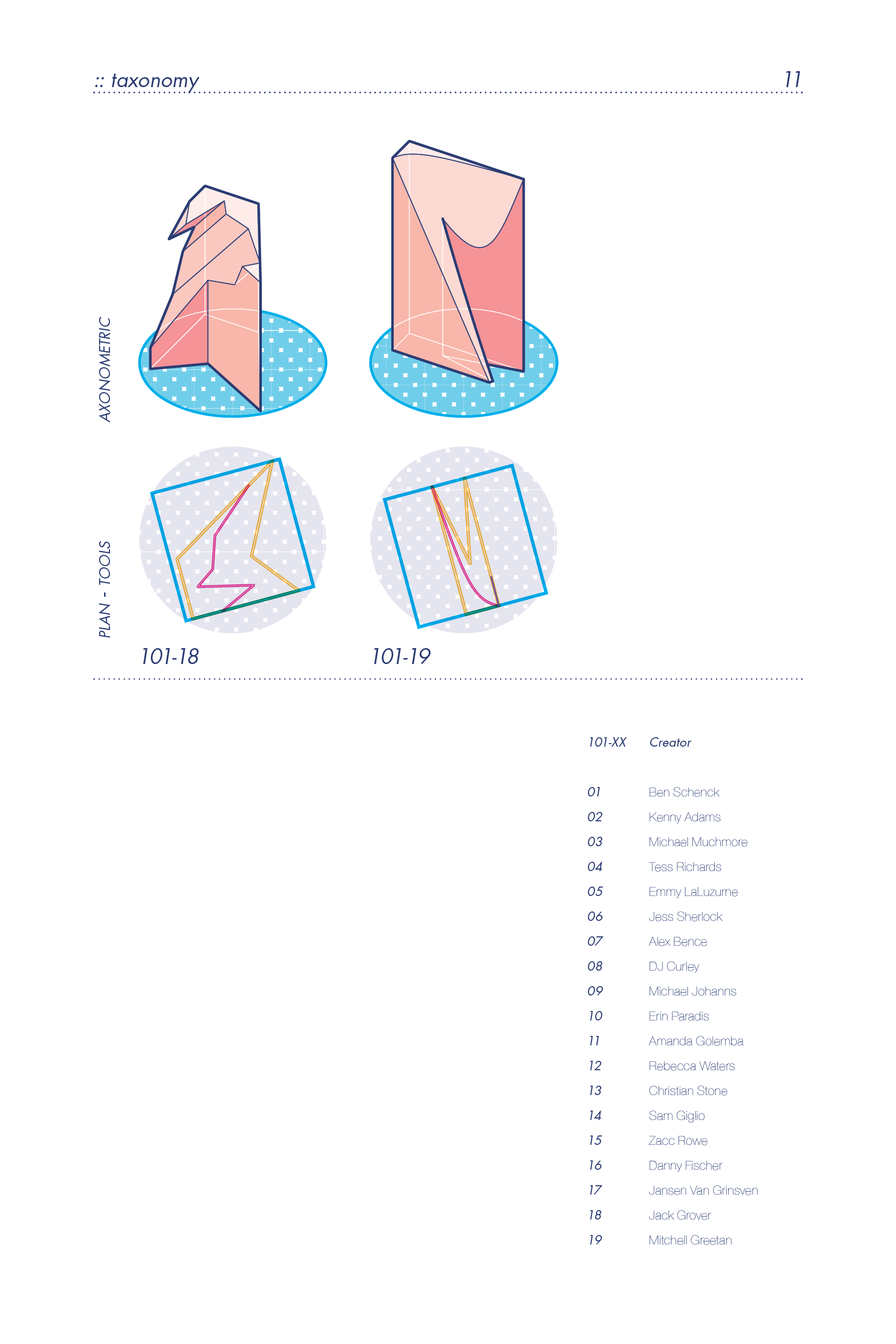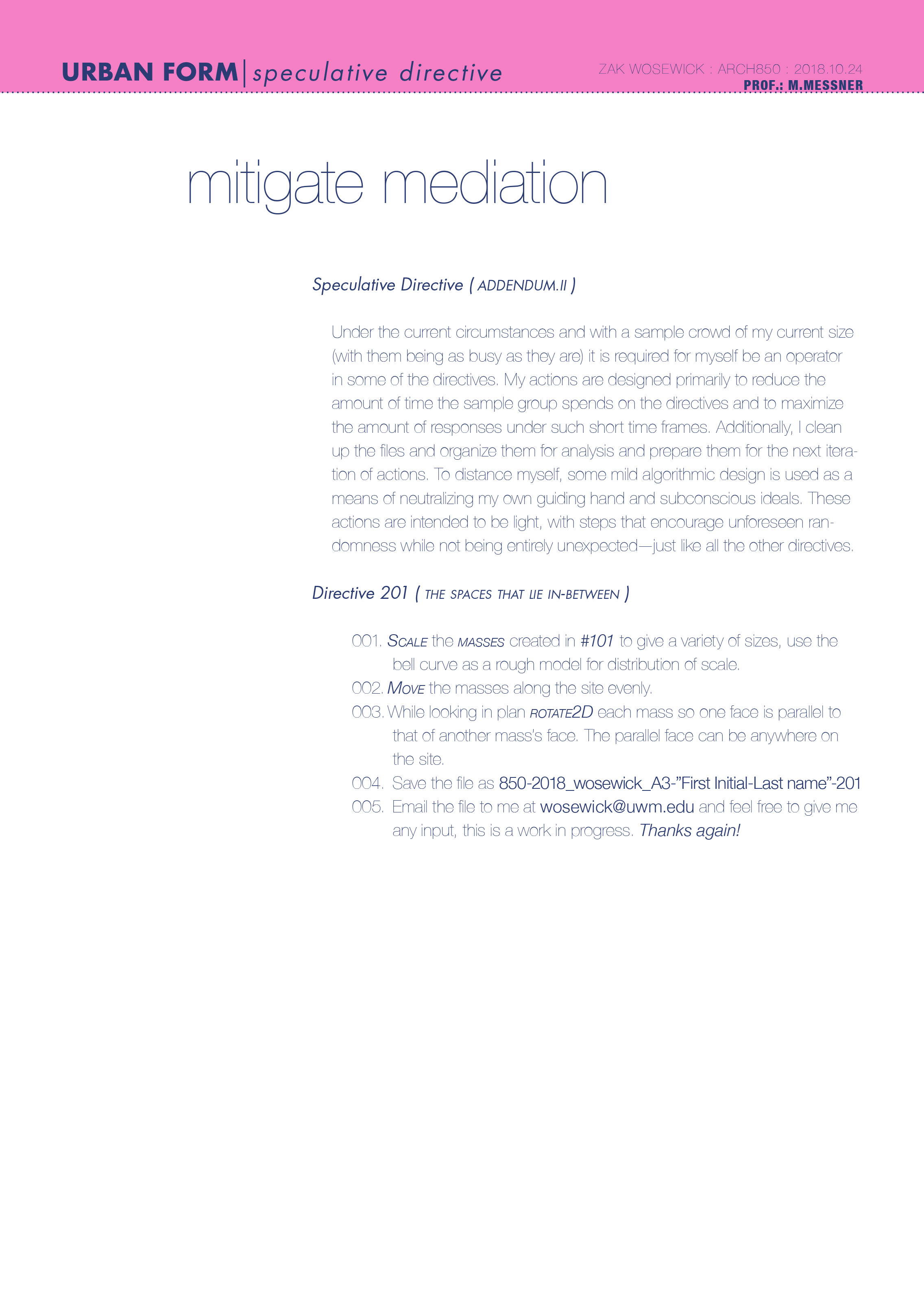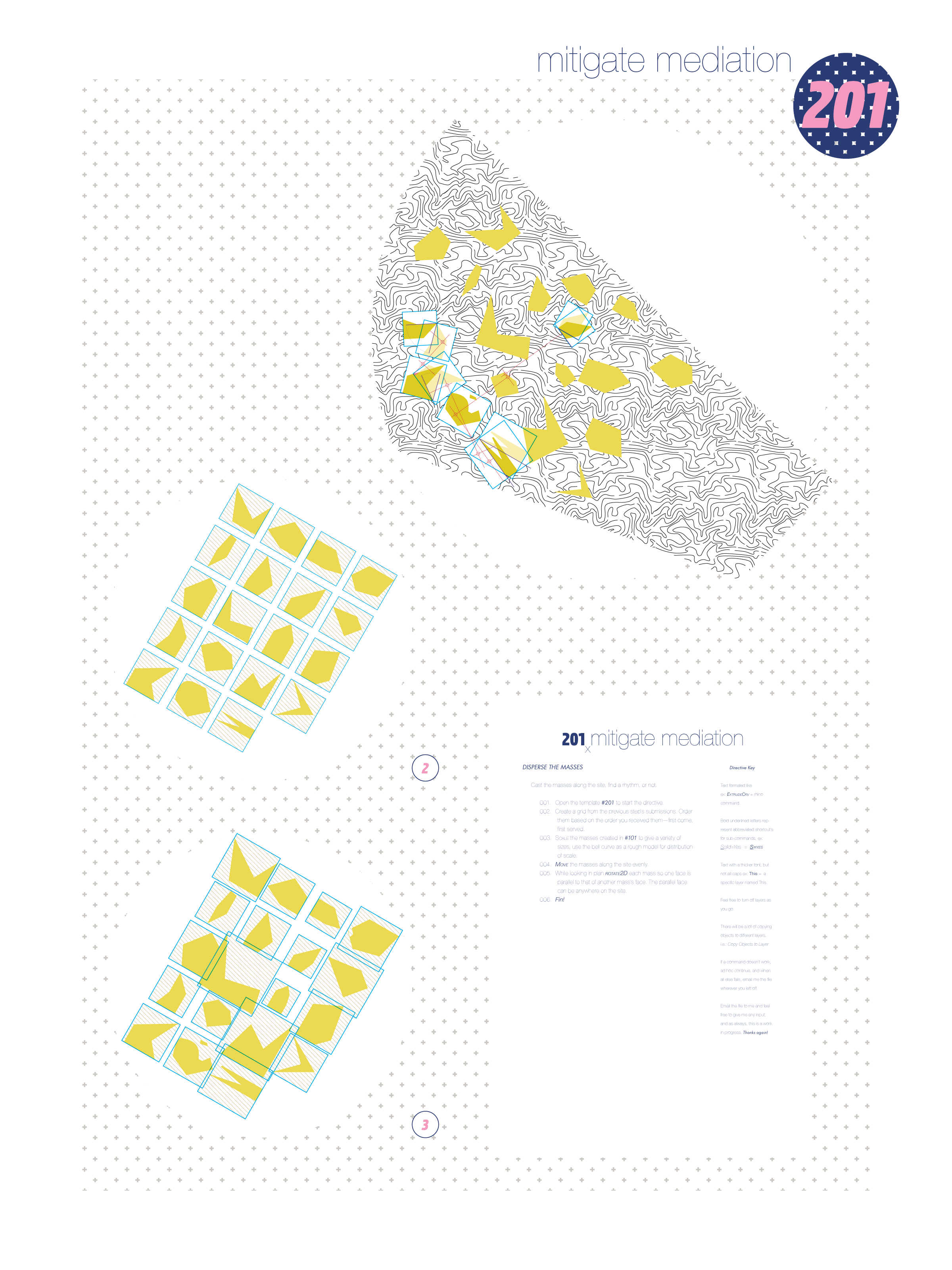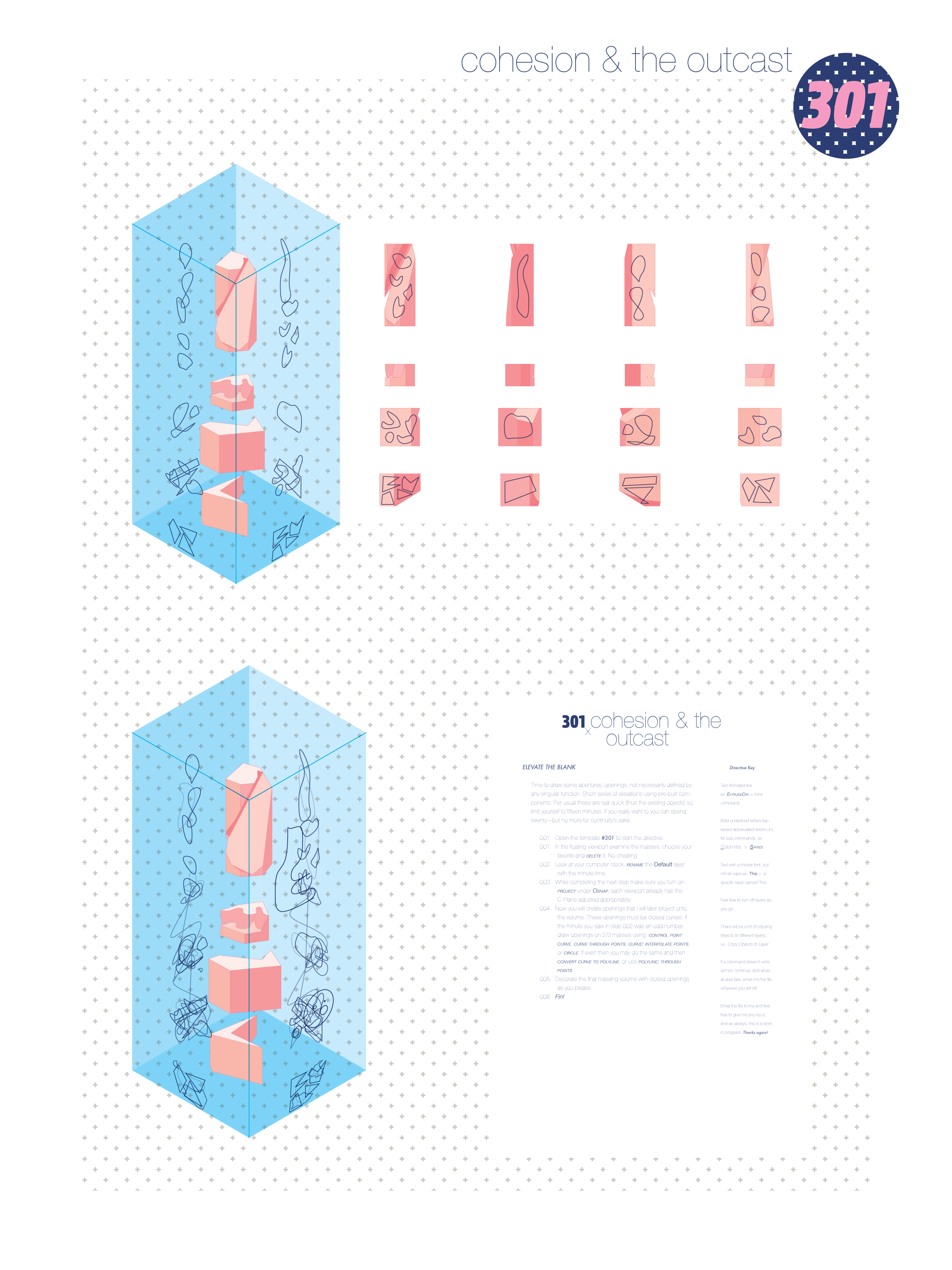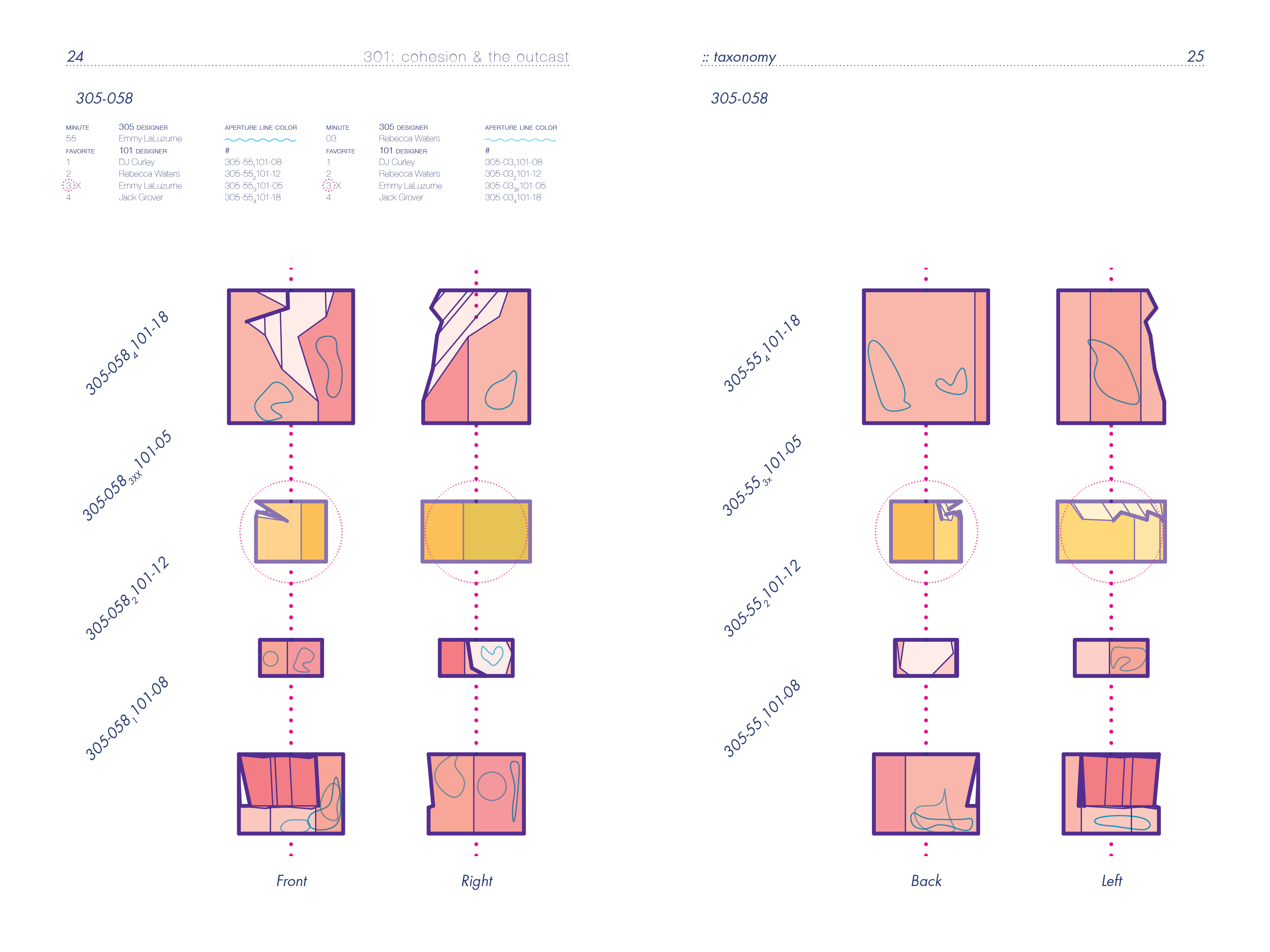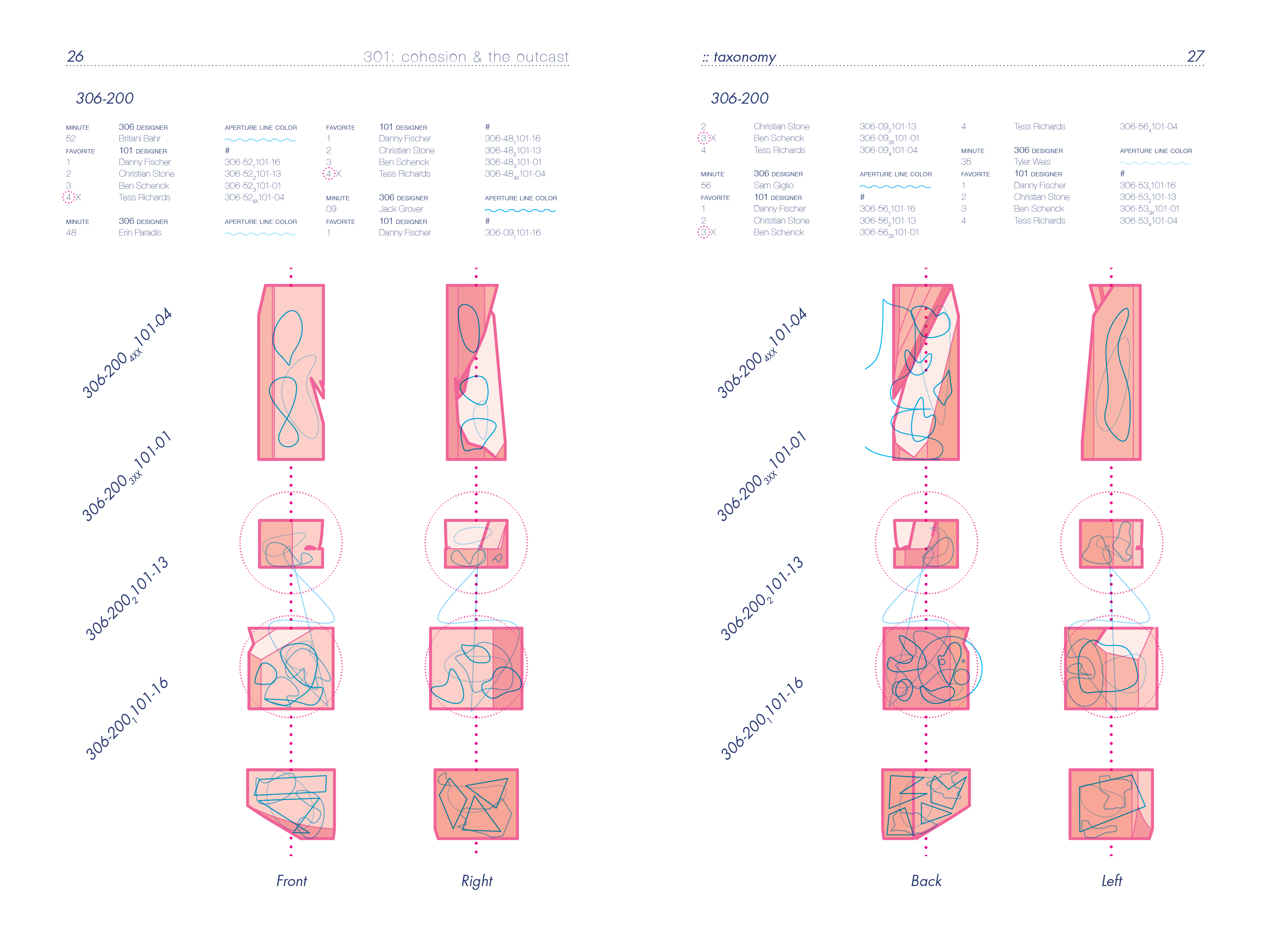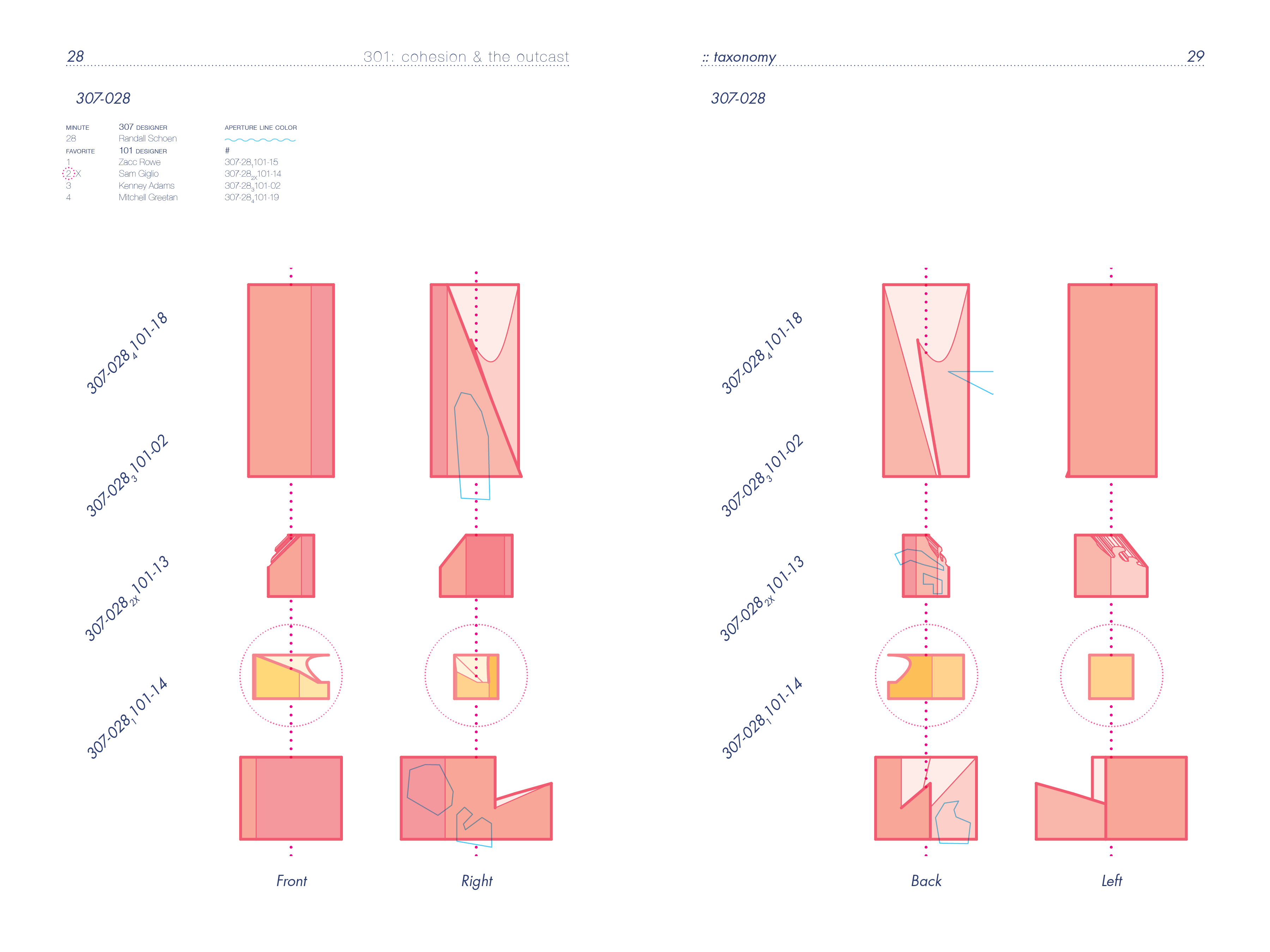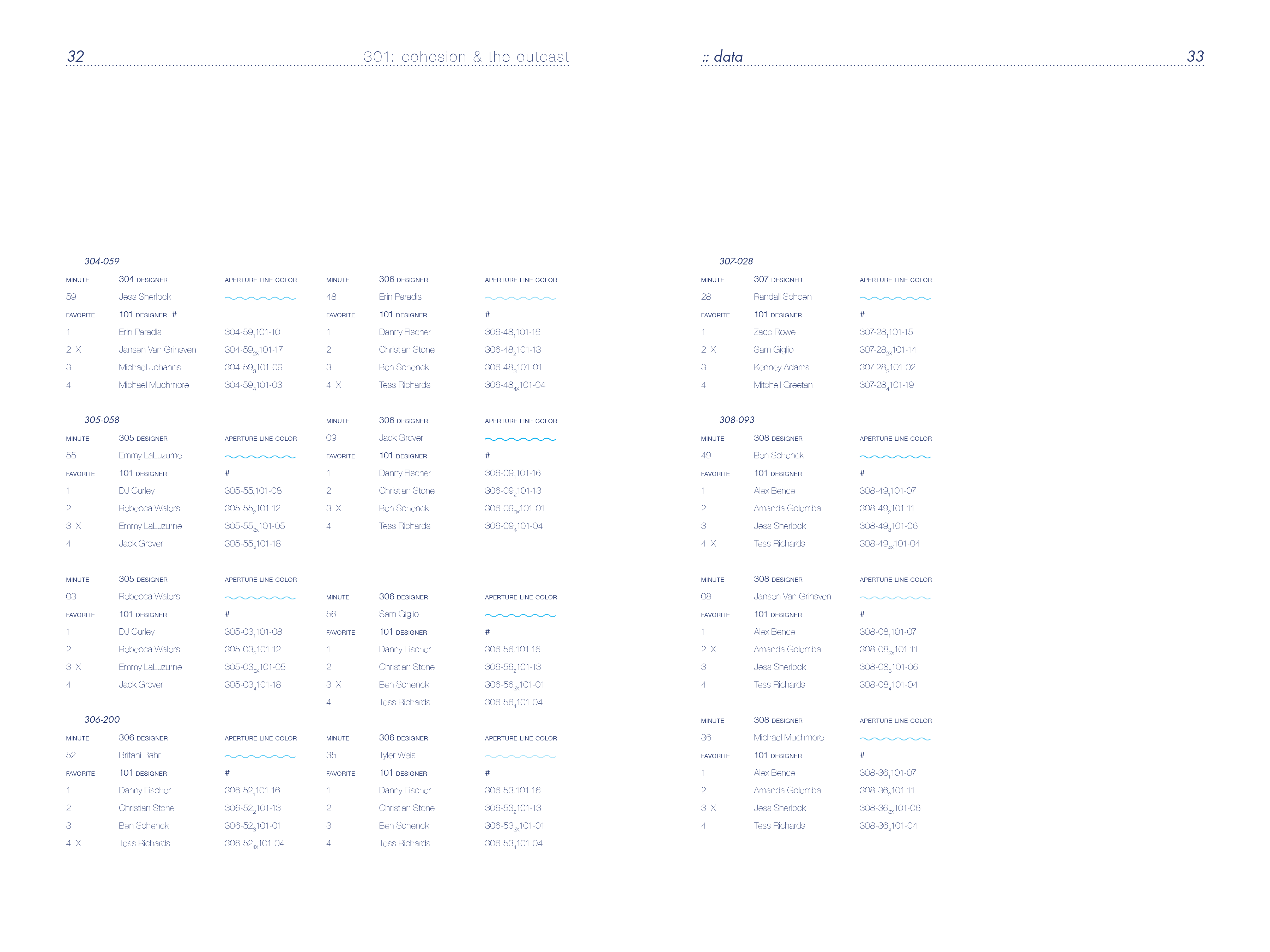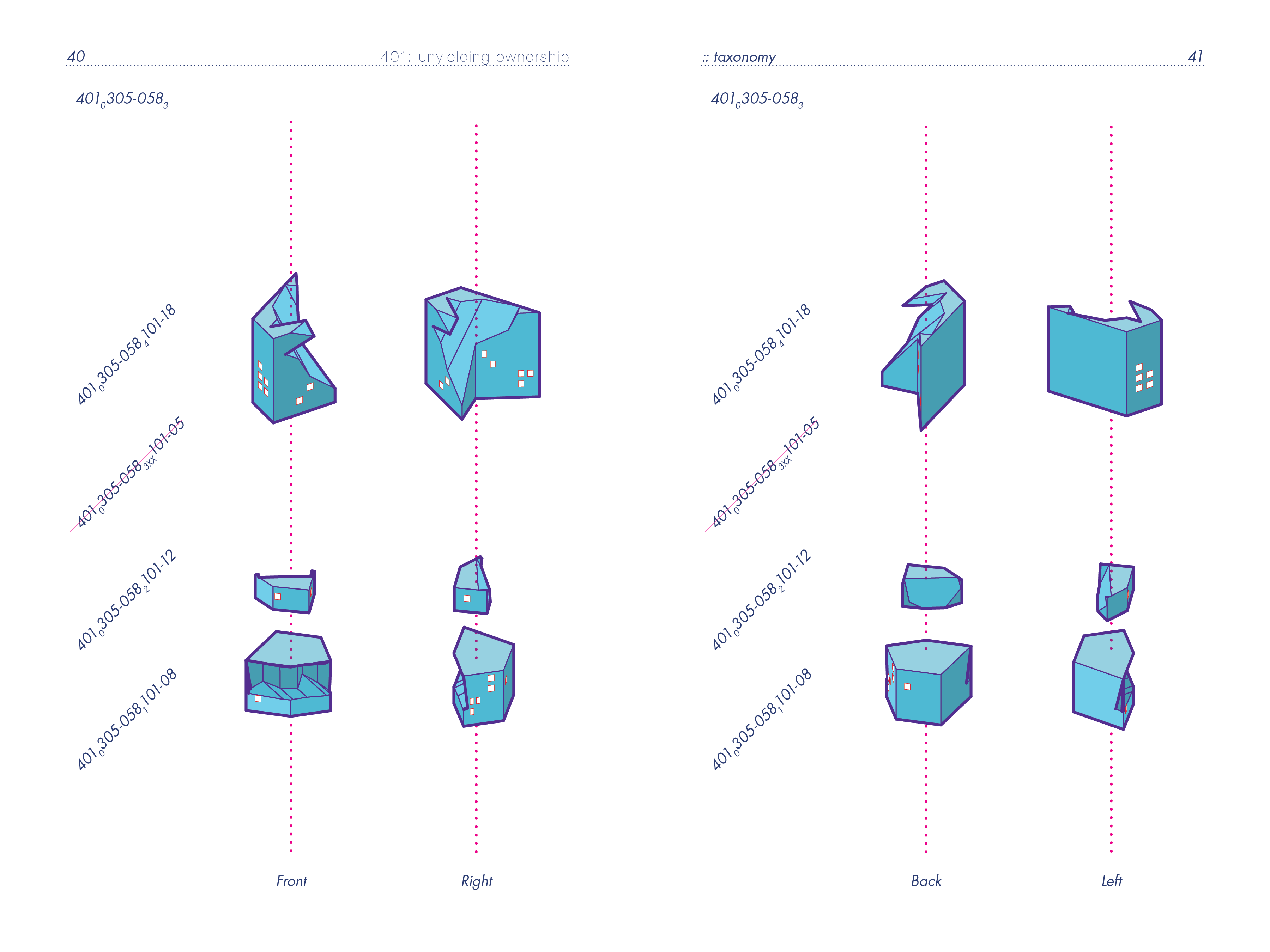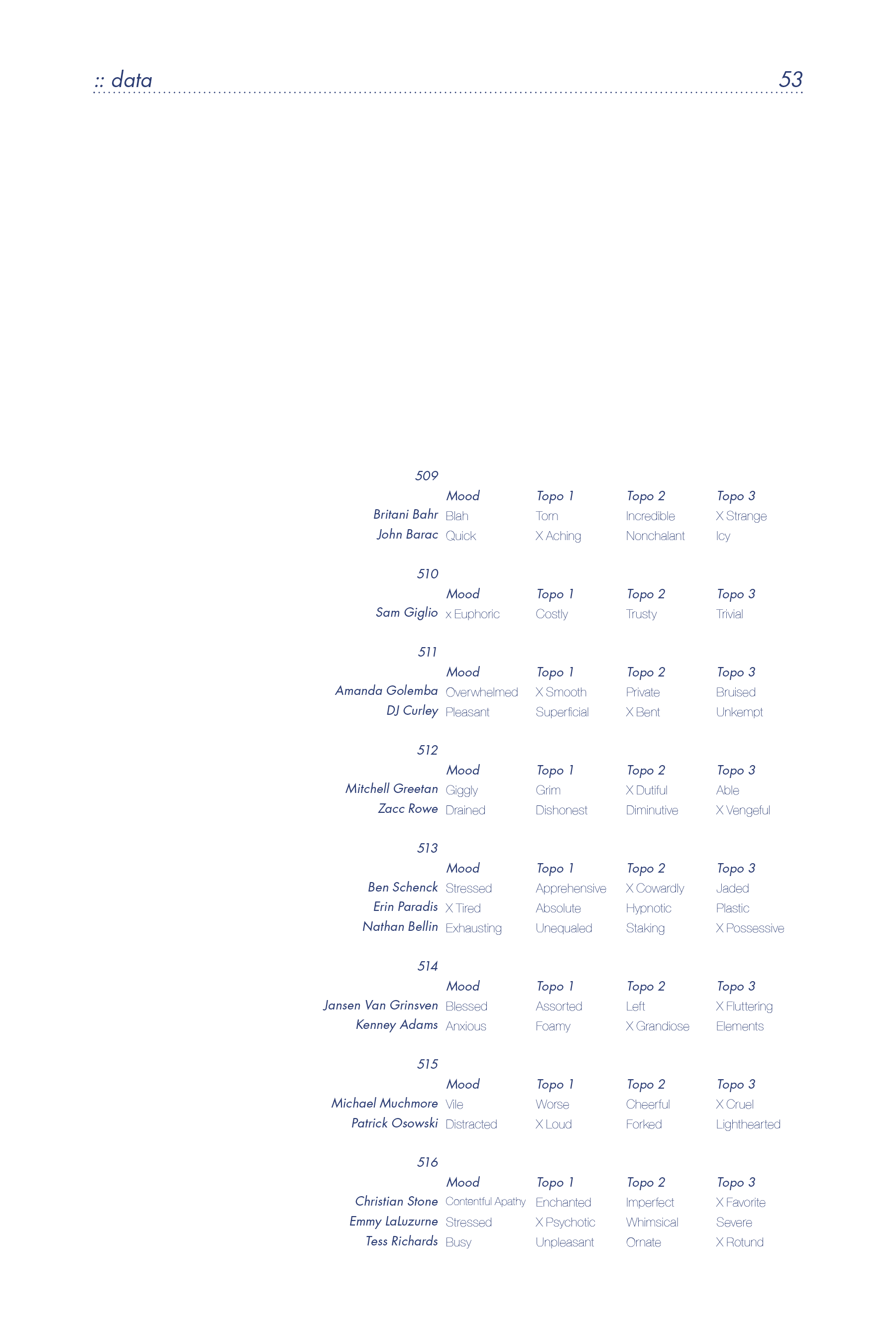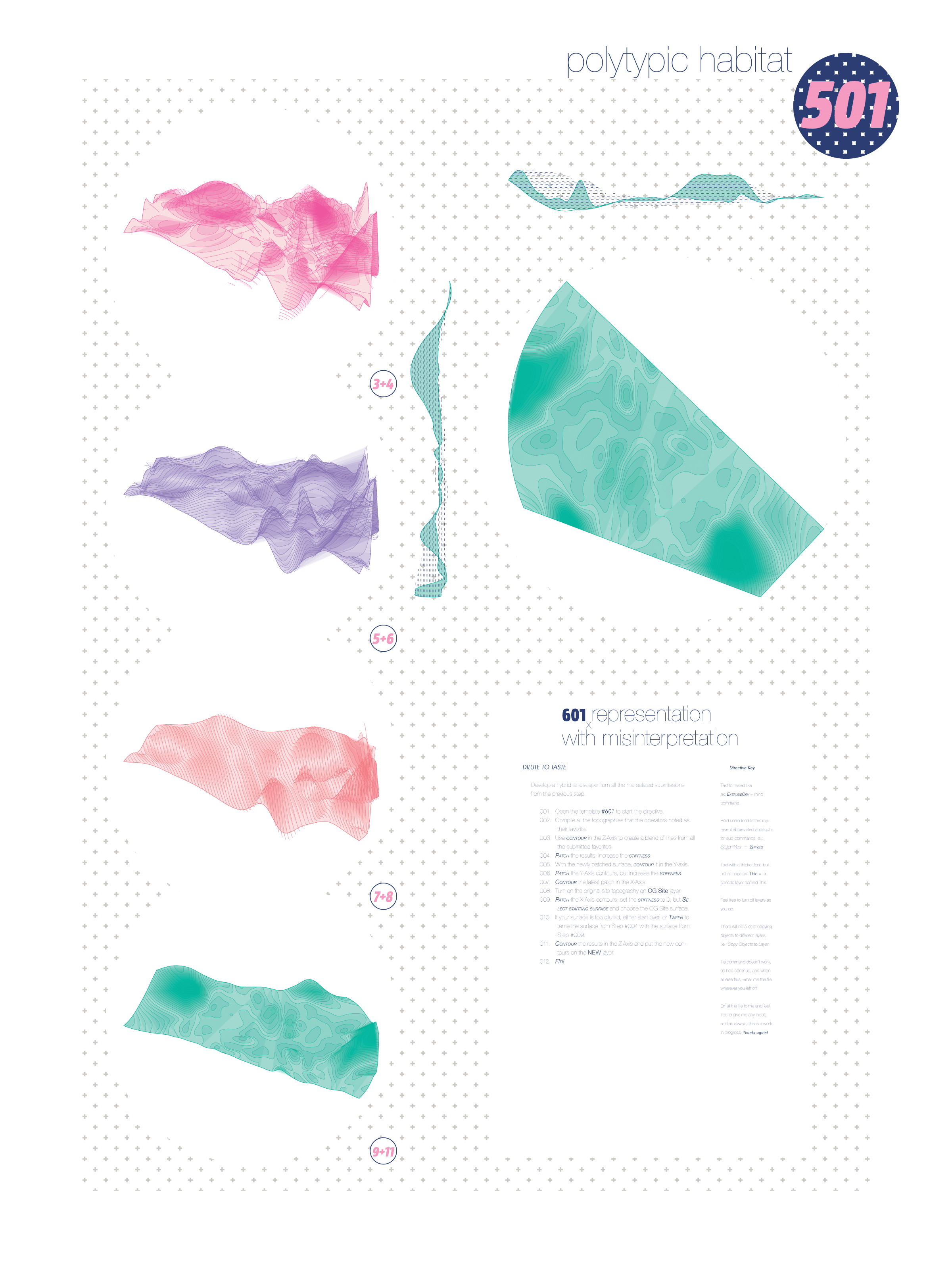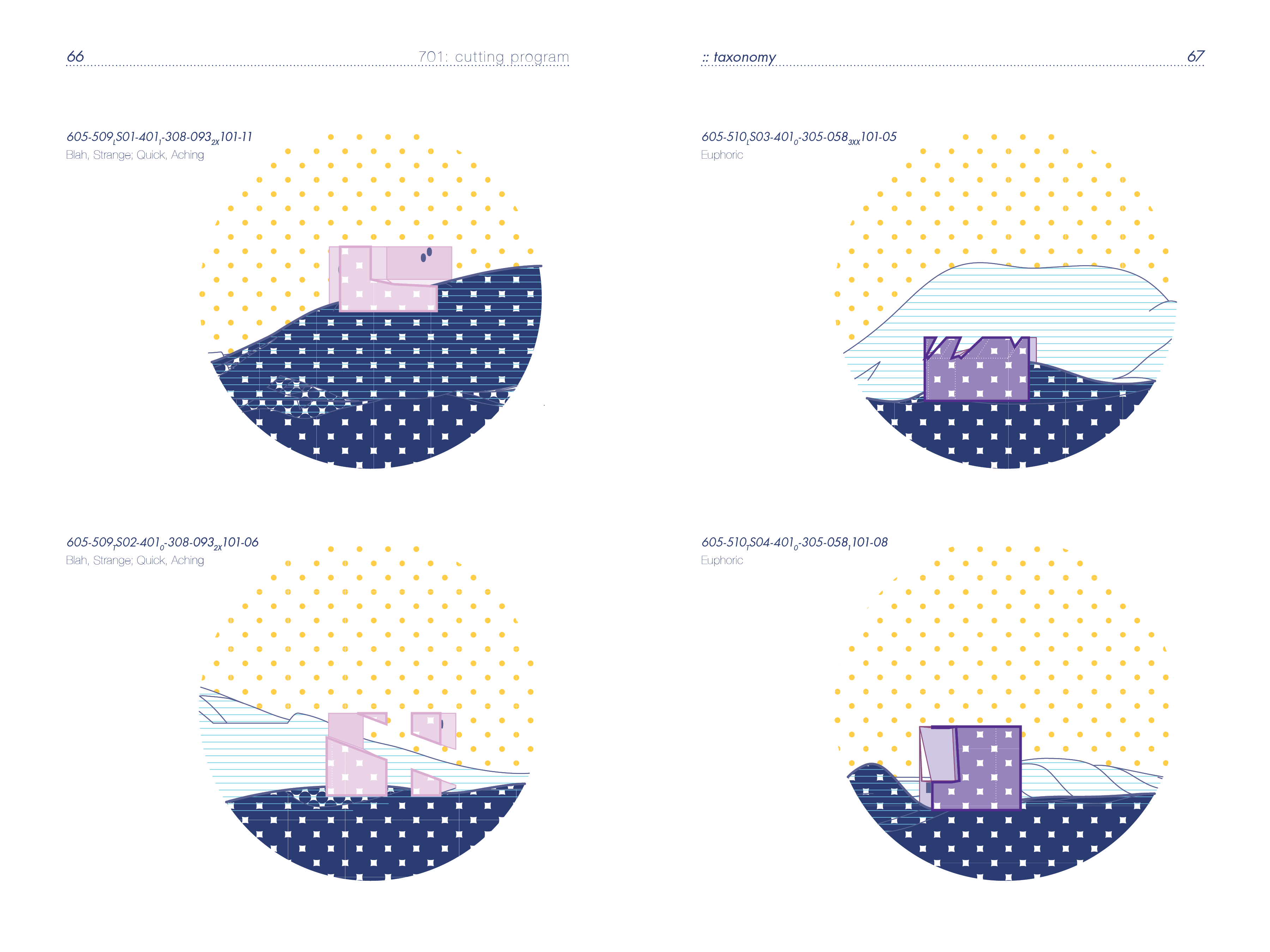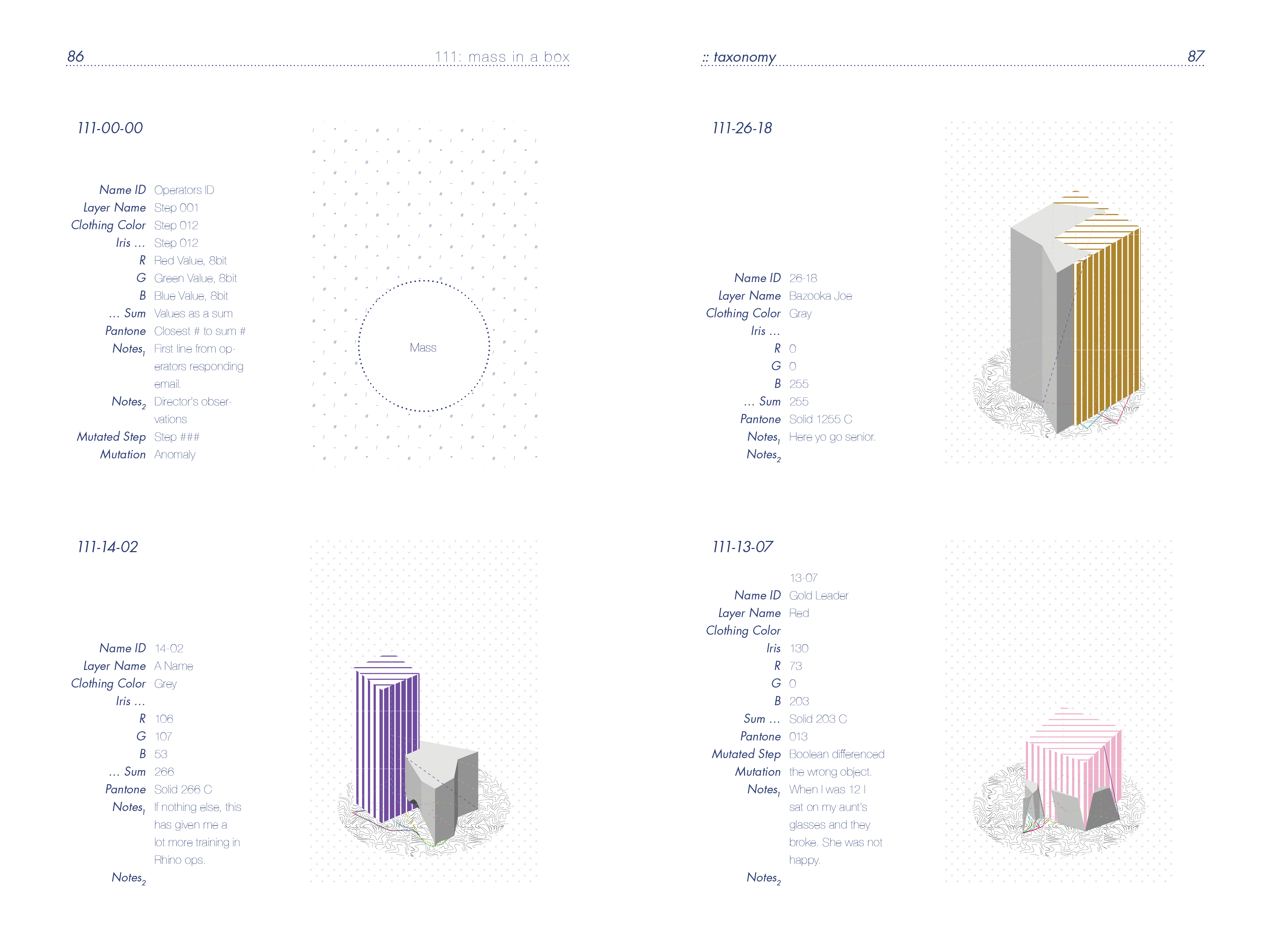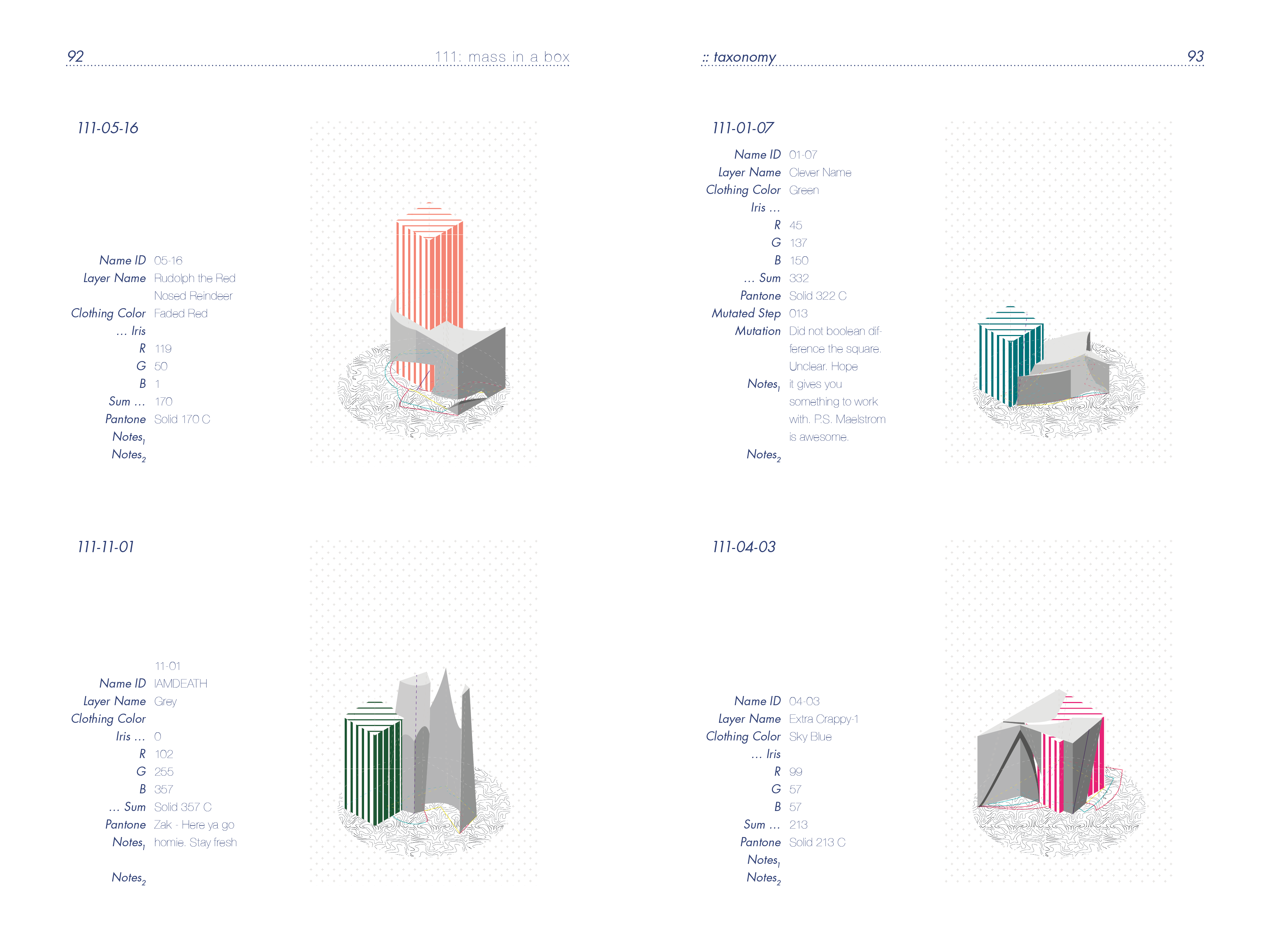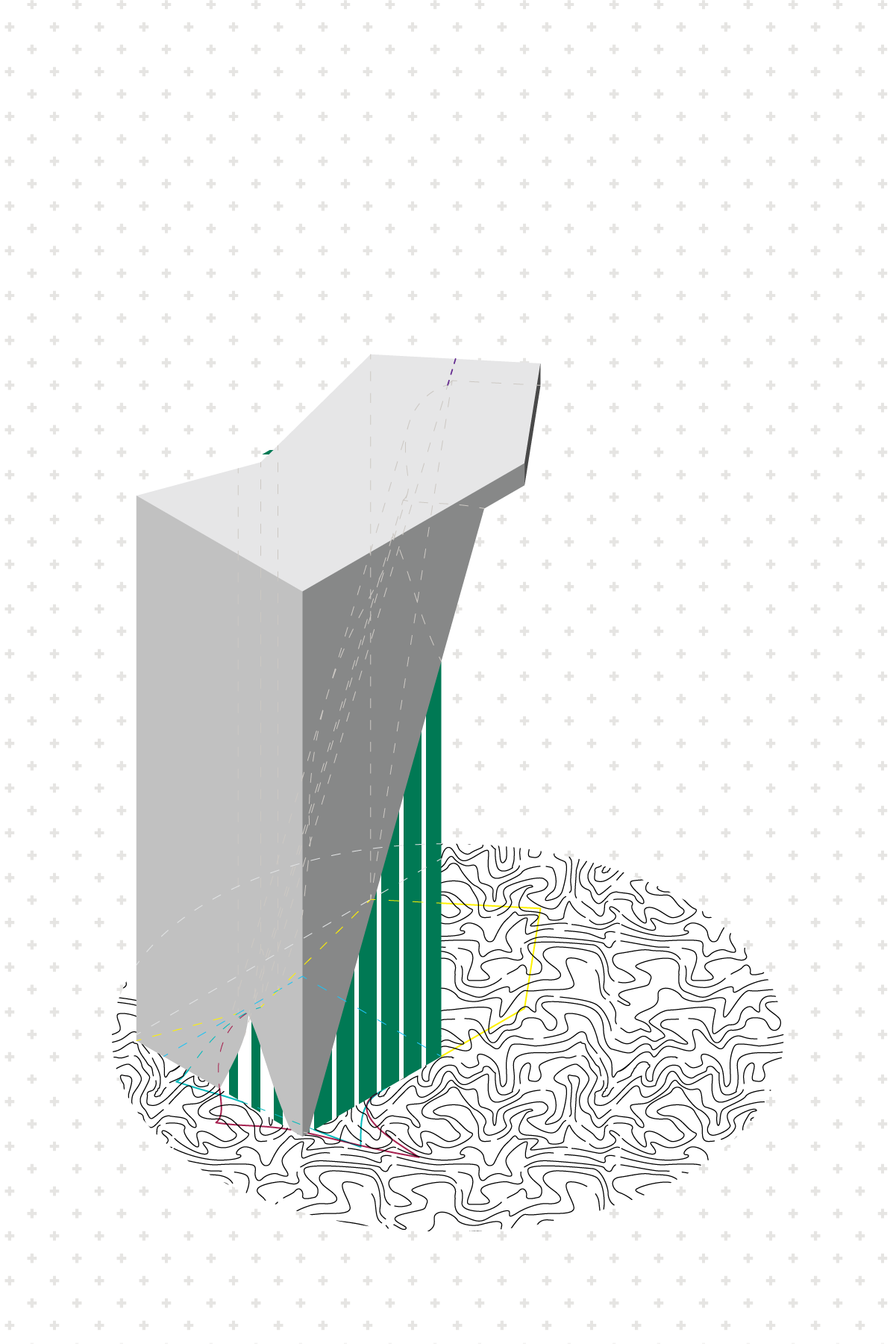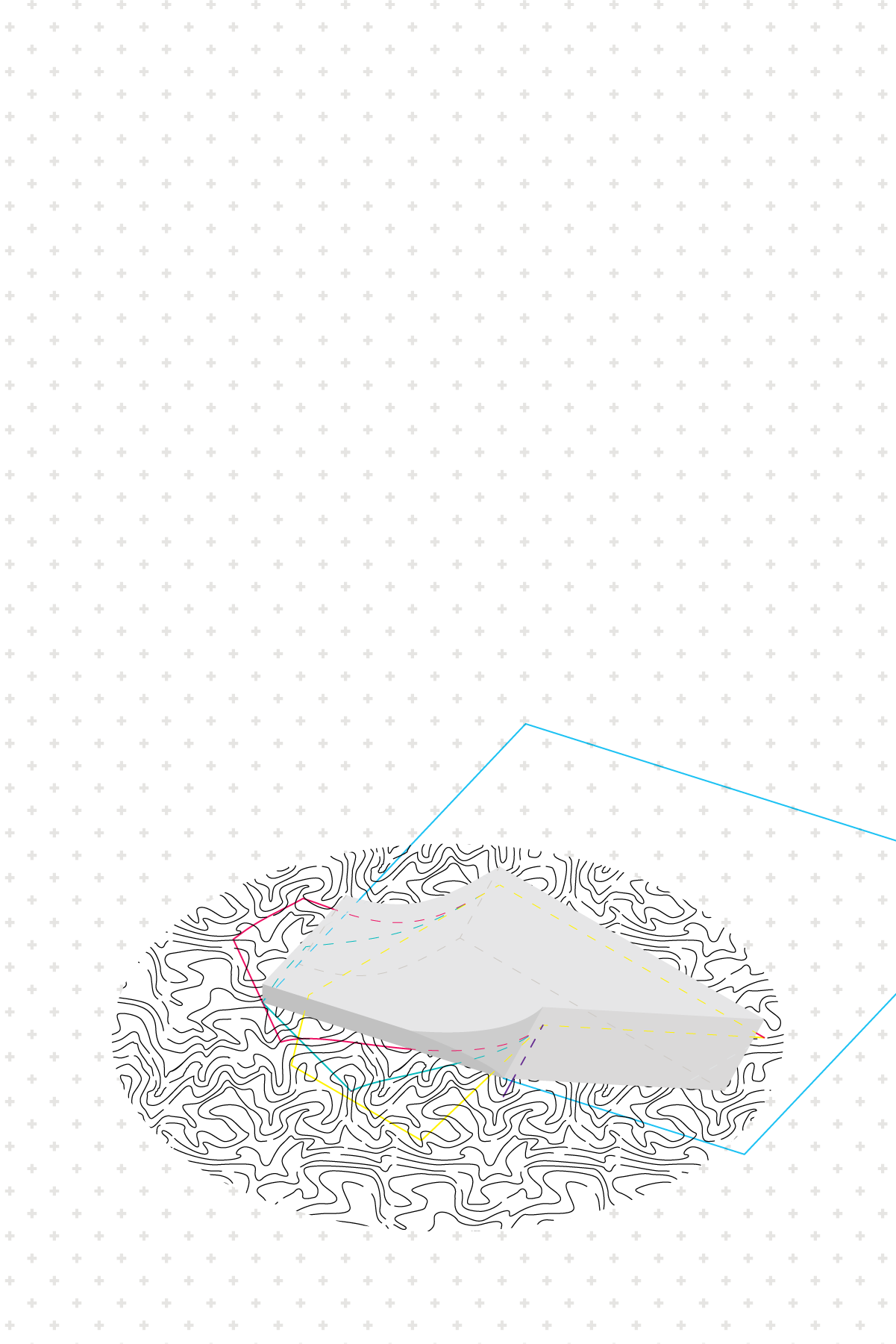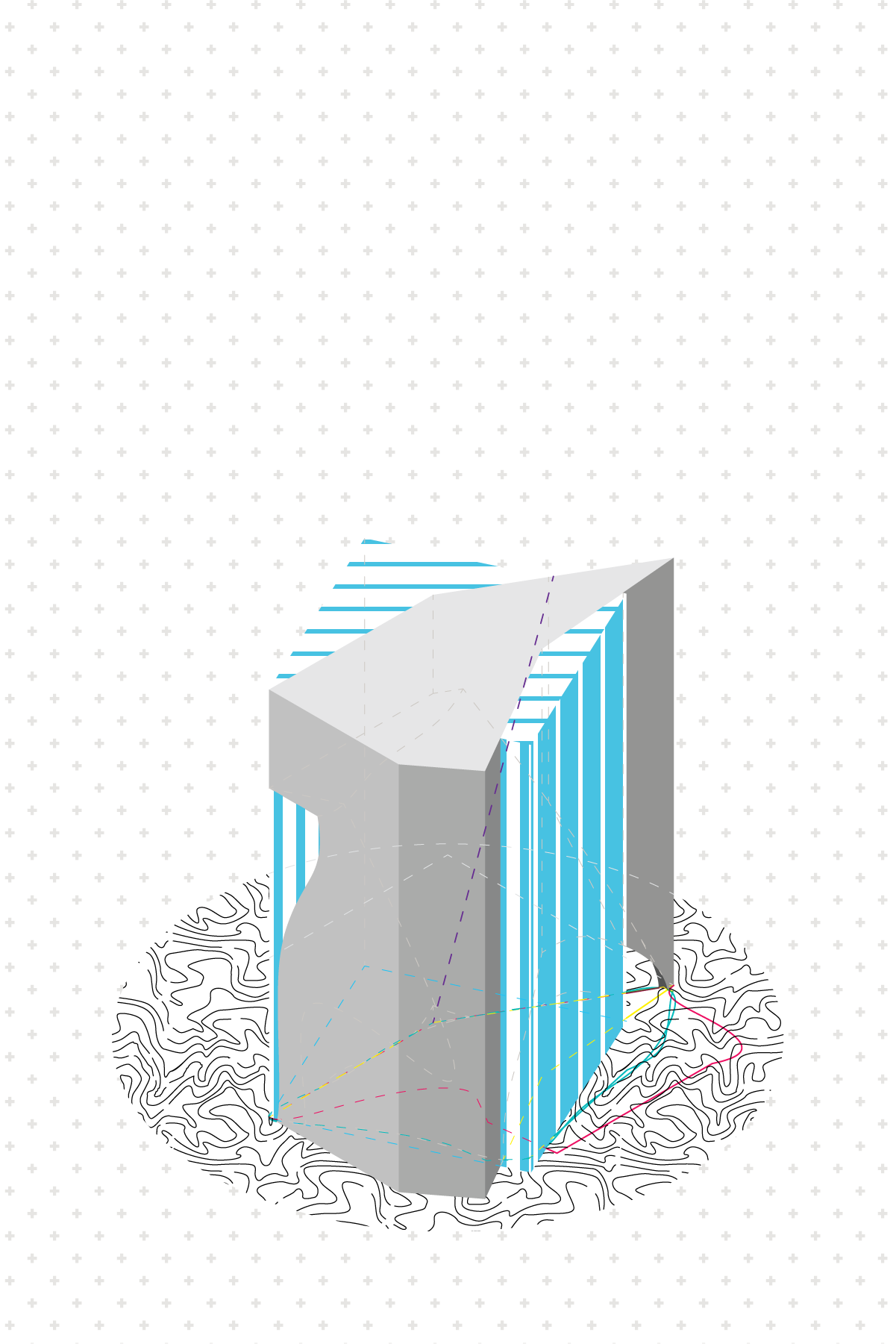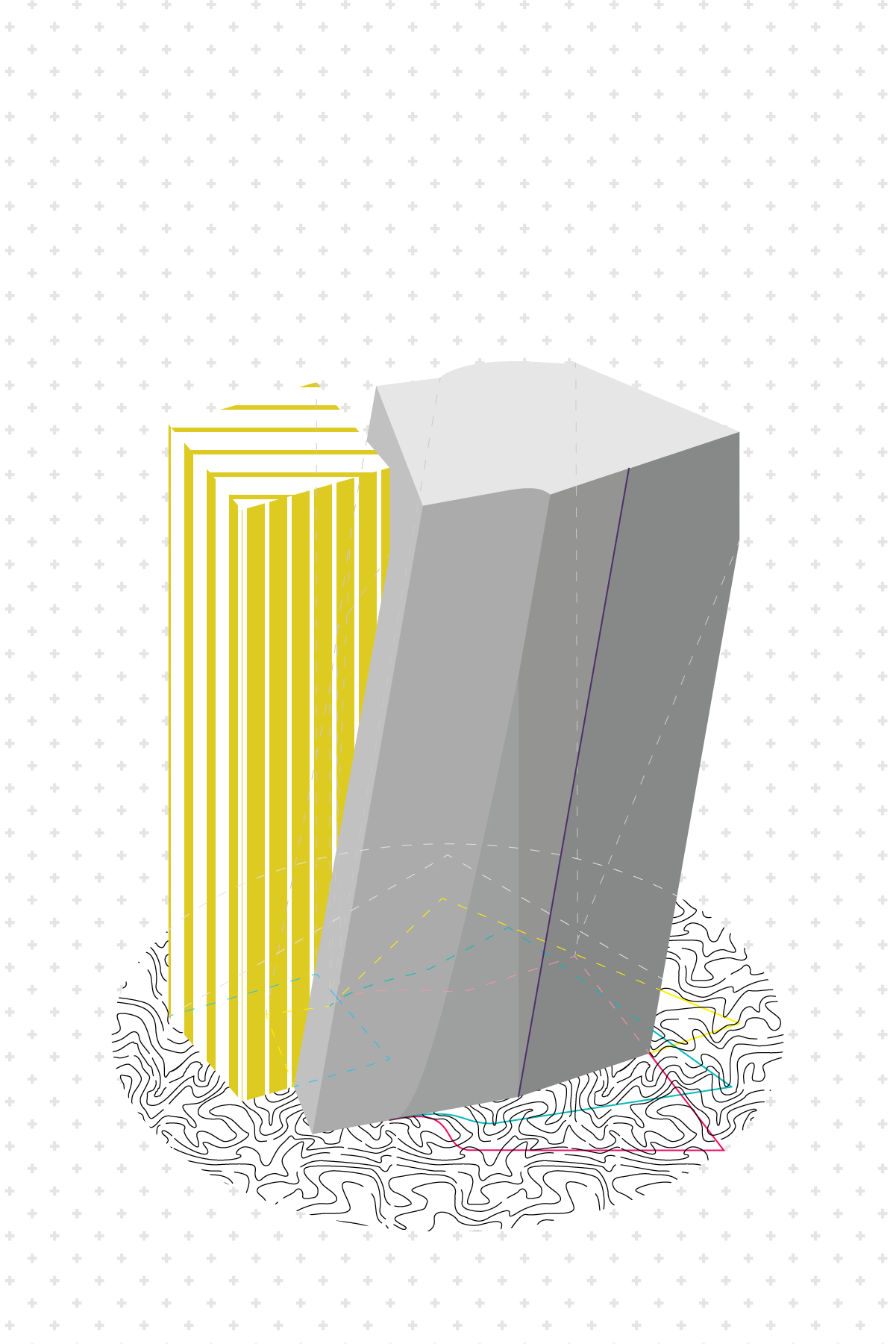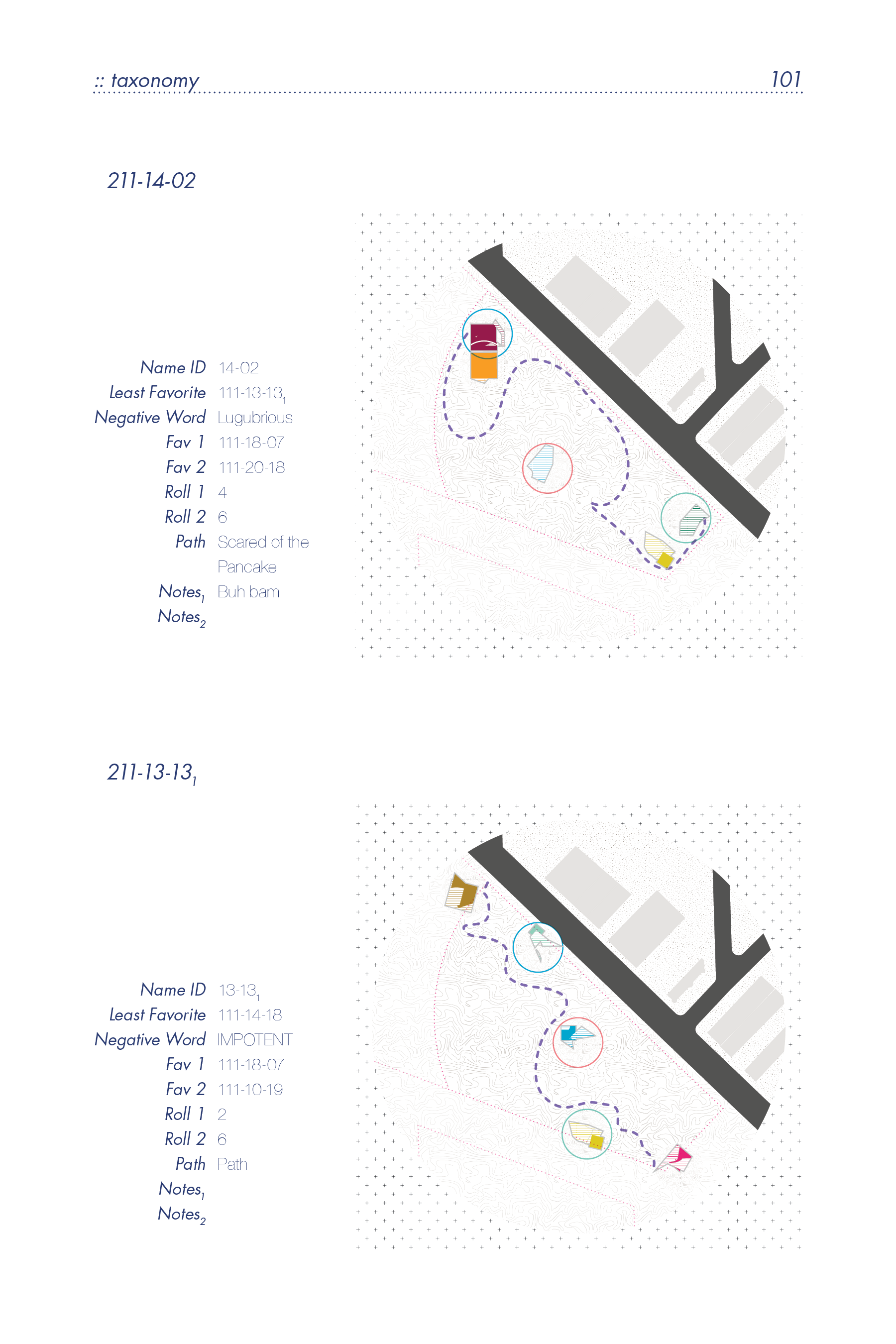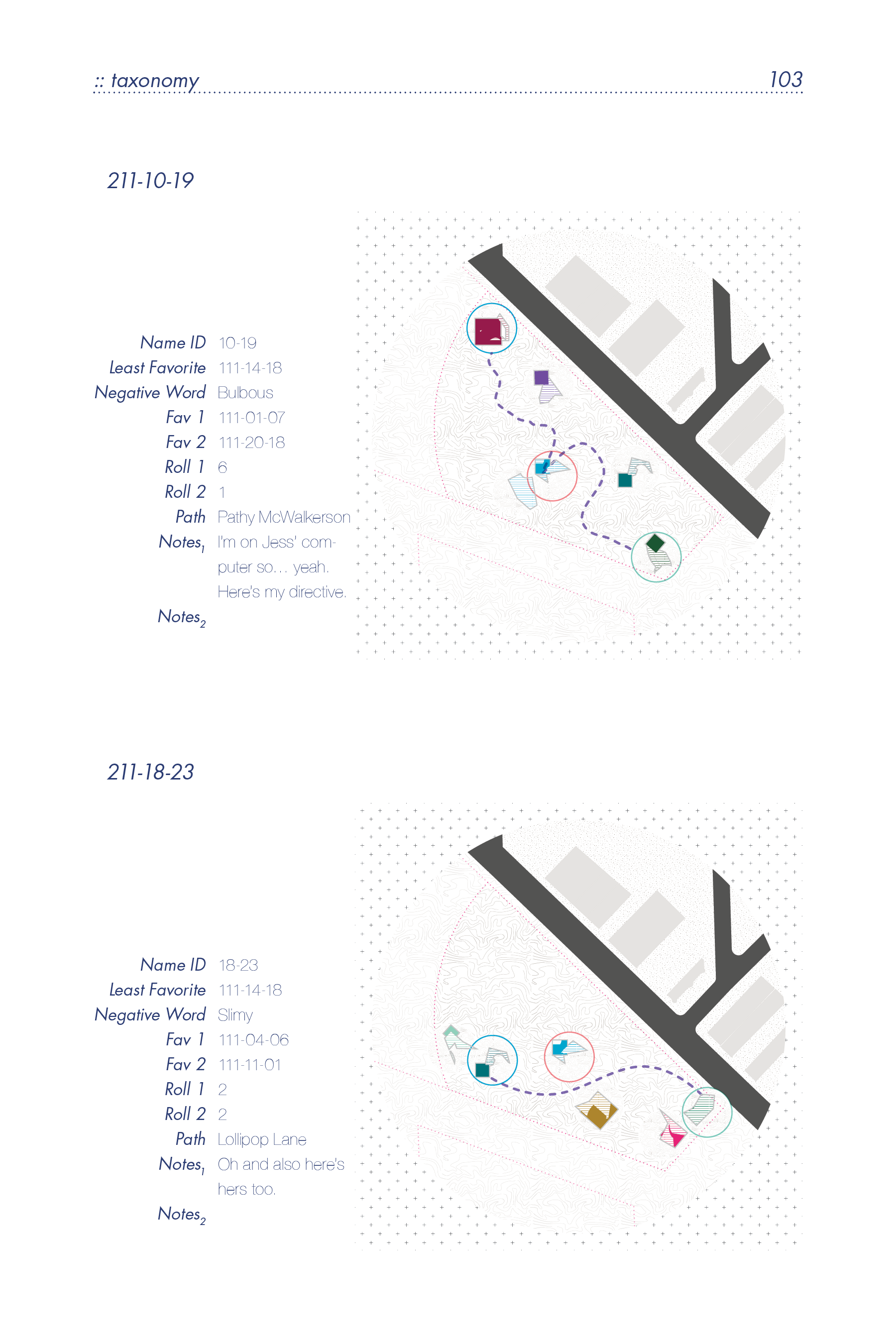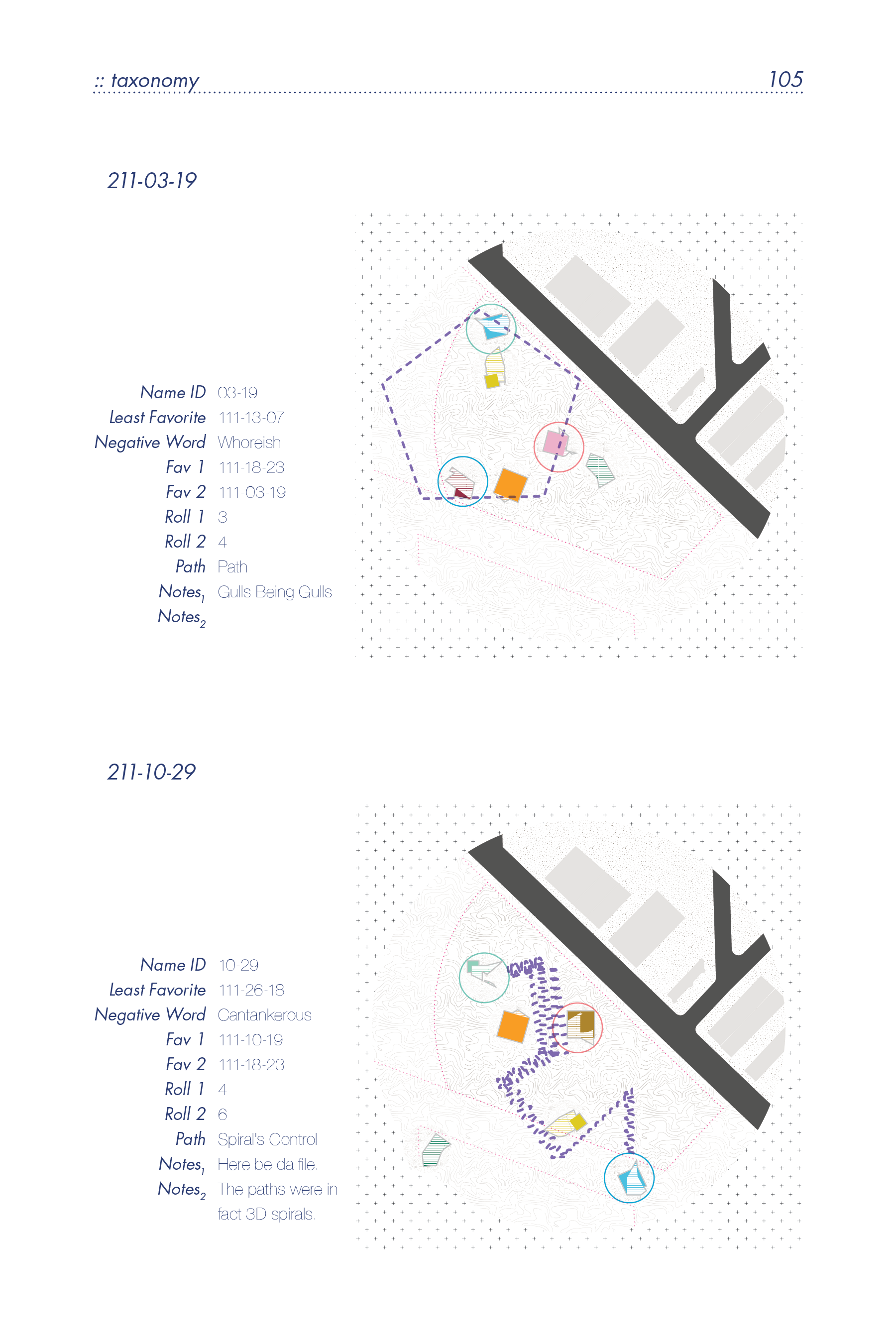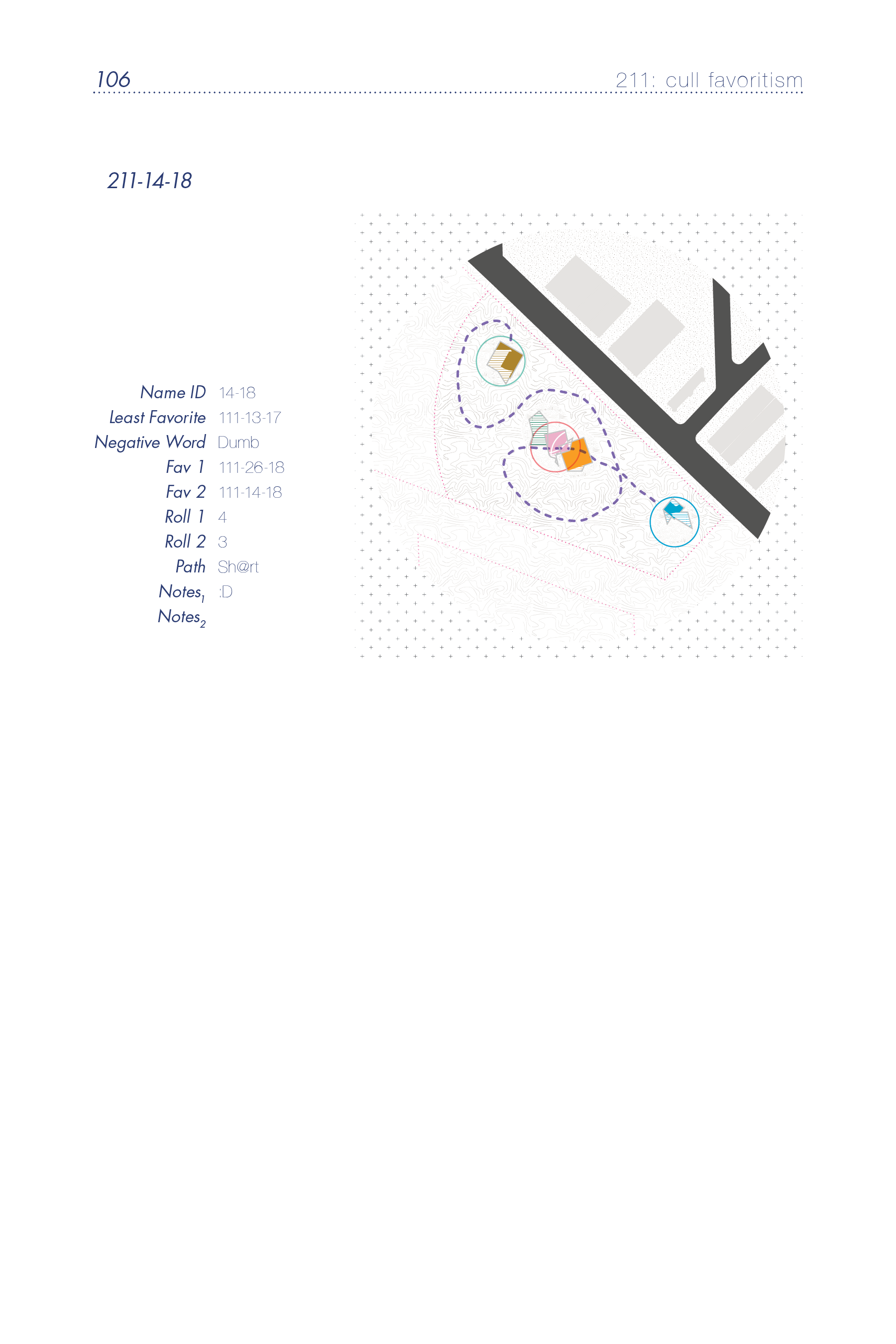
This project culminated from a series of discussions with Nick Romano on the conceptual artist Sol le Witt and its implications for architecture. All were informed by our BFA's and the inspiring material Matt Messner augmented the course. The idea severed from the class to become a thesis of its own.
Acknowledgments
This project is the results of group sourcing; it literally could not have happened without all of those who contributed. From the start, I had promised beer and a falafel party, and sure enough, grad students responded to that. But for them to take time away from their own work to take part in mine was astonishing, as the donation of their time was invaluable. No healthy amount of free beer and food will fully express my gratitude towards everyone who contributed.
- Prof. Matt Messner
- Alex Bence
- Amanda Golemba
- Ben Schenck
- Britani Bahr
- Christian Stone
- Danny Fischer
- DJ Curley
- Emmy LaLuzurne
- Erin Paradis
- Jack Grover
- Jansen Van Grinsven
- Jess Sherlock
- John Barac
- Kenny Adams
- Mitchell Greetan
- Michael Johanns
- Michael Muchmore
- Nathan Bellin
- Nick Romano
- Patrick Osowski
- Randall Schoen
- Rebecca Waters
- Sam Giglio
- Tess Richards
- Tyler Weis
- Zacc Rowe
Architecture is built by directions; you follow a set of drawings to construct a building. These directions or construction documents go from highly notated details, the standard in the US, to incredibly vague construction documents that take means and methods to a whole other level, commonly found in India. In the United States, the expertise lies in the architect, but in India, we find the building experts (technically) end up being the construction workers. So who becomes the author of the building?
Many buildings derive their significance from the end product. However, some find their inherent value in the process through which they were crafted, like a first of some variety. Inevitably, this questions the importance of how it was made v. why it was made; process v. end product.
In this case, the process resulted in a bell curve of polytypic creations; adhering to an overarching design aesthetic with a few outliers. The results are potentially a blend of qualitative and quantitative. Quantitative being the common traits that are derived from the directives, and qualitative being the ipseity resulting from the individual that created the end product.
Directive 101
26 students followed directions, step-by-step to design a building by working collaboratively through time. Their input was based on their own interpretation of directions and on personal preferences and arbitrary data, (shirt color, birthday, least & favorite design) to produce a collection of spaces. The project was part conceptual art, game theory, genetics and mutations, analogue parametric design, and ownership.
FIRST ROW BELOW, LEFT IMAGE, each week I would send out a directive, and they would follow each step and send me their results;
FIRST ROW BELOW, RIGHT IMAGE, a step-by-step illustration of a user following the directive;
SECOND ROW BELOW, results for the first directive, 101
In the end, architecture that we see is built by a person interpreting a series of directions and operating as such. Directions in architecture, generally, aim to find the sweet spot between all-knowing and fill-in-the-rest, specific enough to illustrate the concept while making sure the building won’t leak, but sufficiently vague to save time and alleviate legal ramifications through means and methods. What happens when we further abstract the level of instruction? Add another hand through which the conception passes; Conceptual Designer / Architecture Firm / Contractor. This process is similar to the standard found in firms, Lead Designer / Licensed Architect / Contractor, but the complete removal of the conceptual from the fabrication conversation brings an unseen level of abstraction to each directive. Ownership of the final product becomes ubiquitous, with the conceptualization evolving with every reinterpretation; Conceptualizer / Interpreter / Realist. By presenting the architect with a short set of directives we end up with room for individual intervention while framing a sense of ipseity in the end creation.
Operandum ( addendum.ii )
Disperse the masses; cast the masses along the site, find a rhythm, or not.
Under the current circumstances and with a sample crowd of my current size (with them being as busy as they are) it is required for myself be an operator in some of the directives. My actions are designed primarily to reduce the amount of time the sample group spends on the directives and to maximize the amount of responses under such short time frames. Additionally, I clean up the files and organize them for analysis and prepare them for the next iteration of actions. To distance myself, some mild algorithmic design is used as a means of neutralizing my own guiding hand and subconscious ideals. These actions are intended to be light, with steps that encourage unforeseen randomness while not being entirely unexpected—just like all the other directives.
LEFT IMAGE ABOVE, directive 201;
RIGHT IMAGE ABOVE, step-by-step illustration of a user following the directive
Operandum ( addendum.iii )
Cohesion and the outcast: elevate the blank
Designers often find refuge with mistranslation in the design process, a purposeful abstraction of something found in nature, perhaps. But is this mistranslating or reinterpreting? The process of reading and following directions, however strict, explanatory, concise—or not, cannot compete with the human attention span or the absence of visual reference to create something visible. Any number of factors can affect the resulting object; preconceived notions of what the outcome might be, current mood, visual stimuli experienced that day, week, or any number of infinite variables. Despite all of that, however, the collection of outcomes do share a common language that is clearly derived from the directive. And so we find that the beauty lies somewhere between cohesion and the outcast.
TOP ROW ABOVE, LEFT IMAGE, directive 302;
TOP ROW ABOVE, RIGHT IMAGE, step-by-step illustration of a user following the directive;
BOTTOM ROW ABOVE, elevations of the results, along with the data set
Operandum ( addendum.iv )
Time to clean up some lines and project them onto some volumes.
When results supersede speculation, at some point, restraint needs to rein in on the complex. Expression must become diluted by excess for such a discovery to occur. An unyielding volume accompanied with wild unheeding voids apparently reaches this grotesque moment. Counteract and re-interpolate the forms with a concise grid composed of pure geometry, juxtapose the omnidirectional with that of the predictable. Objectively conforming all the voids unifies both the identity of the volume and the openings, and suddenly the two languages, lacking ownership, may confide in each other.
TOP ROW ABOVE, LEFT IMAGE, directive 403;
TOP ROW ABOVE, RIGHT IMAGE, step-by-step illustration of a user following the directive;
BOTTOM ROW ABOVE, illustrative diagram, and axons of the results
Directive 601: representation with misinterpretation
502
Time to create context for these wild masses! You’ll design three quick topos that ‘attempt’ to gesture a mood. Then decipher the volume and slice six sections that you find the most interesting.
601
Develop a hybrid landscape from all the morselated submissions from step #502
TOP ROW ABOVE, LEFT IMAGE, directive 502;
TOP ROW ABOVE, RIGHT IMAGE, resulting data from directive 502;
BOTTOM ROW ABOVE, LEFT IMAGE, directive 601;
BOTTOM ROW ABOVE, RIGHT IMAGE, step-by-step illustration of a user following the directive 601;
End of the First Run
AKA Time for the Mid-Review
Cutting program; cut, heads or tails?
This last directive was squeezed in for the mid-review at UIC. Moving to the stage of visualization and program, sections were cut through each mass. There was not enough time to run one more step to have users determine the program and add context (furniture, decorations, entourage, et cetera), so in the interest of getting feedback on the overall project, I determined the program and illustrated the large site section.
ABOVE, FIRST IMAGE, directive 701;
ABOVE, SECOND IMAGE, illustrated section of the site;
ABOVE, THIRD-XXX IMAGES, resulting sections and data from directive 701
Reboot: Take Note & Restart
Time to clean up some lines and project them onto some volumes.
When results supersede speculation, at some point, restraint needs to rein in on the complex. Expression must become diluted by excess for such a discovery to occur. An unyielding volume accompanied with wild unheeding voids apparently reaches this grotesque moment. Counteract and re-interpolate the forms with a concise grid composed of pure geometry, juxtapose the omnidirectional with that of the predictable. Objectively conforming all the voids unifies both the identity of the volume and the openings, and suddenly the two languages, lacking ownership, may confide in each other.
Mass in a Box
framed ipseity
Texty Text
TOP ROW ABOVE, LEFT IMAGE, directive 111;
TOP ROW ABOVE, RIGHT IMAGE, step-by-step illustration of a user following the directive;
BOTTOM ROW ABOVE, results as a group in axon and plan, and the data and for each individual mass
Cull Favoritism
Roll on site
Texty Text
ABOVE, FIRST IMAGE, directive 211;
ABOVE, SECOND-XXX IMAGES, results in plan, and the data and for each individual site plan
Don't Cross Anne Pathaway
Judge a path by it's name
Texty Text
ABOVE, FIRST IMAGE, directive 311;
ABOVE, SECOND IMAGE, results in plan
Texty Text
